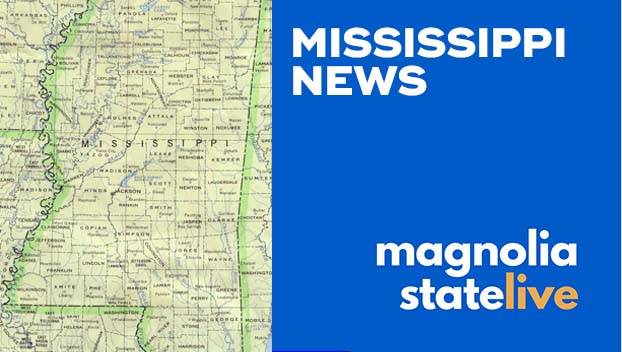Mississippi developer uses ‘MRI’ of sorts to save trees ahead of construction
Published 7:25 am Monday, July 4, 2022
Before a developer starts construction on a new project in downtown Ocean Springs, he ordered root scans of two century-old oak trees on the property to show him where to build.
“We plan to build luxury townhouses with parking and a pool,” said property owner Jonathan Cothern. “We hope to finish the project by next summer.”
The oak trees stand tall and next to each other at the corner of Church Street and Robinson streets, a block west of Washington Avenue in downtown.
Cothern contacted Fulgham Inc., a tree preservation company of specialists and consultants based in Tupelo. The company has performed tree assessments in Ocean Springs and across the Coast and saved many ancient oak trees after they were covered with salt water during Hurricane Katrina.
Fulgham Inc. purchased the equipment in May and is one of the only businesses in the Southeast using the TRU system ground penetrating radar to scan the roots and trunk of protected trees.
“This technology is new to the Gulf Coast and will be a game changer for tree preservation and development,” said Ben Kahlmus, Fulgham’s Gulf Coast regional manager, who also is a certified arborist and Mississippi registered forester.
Instead of drilling a hole to inspect the health of a tree, the tree gets an “MRI.”
“We can look at the roots and determine how healthy it is,” Kahlmus said.
The root scan of the two Ocean Springs trees took about an hour, including setup.
“It’s super simple and user friendly,” said Clayton Fulgham, who performed the nine or 10 scans on the two trees using a portable computer system on wheels.
Ground penetrating radar shoots electromagnetic waves into the roots to a depth of 30 inches and along the circumference of the tree dip line, he said, in this case about 24 feet.
Fulgham, who is a student and working at the company during the summer, was able to take the root maps generated by the computer and transfer them into another modeling software that provides a much better 3-D image for the customers to understand.
The cost is $500 for a root scan and an additional $100 to $150 to do a trunk scan, and Kahlmus said it is very common to do both.
The turnaround is fast.
In a week or two the results are ready for the customer, complete with a report and graphics.
Most of the Fulgham tree scans are done on live oak trees.
“People like to build around them,” Kahlmus said, and the live oaks are more stress tolerant than other trees.
But the radar works on any tree. This month Clayton Fulgham also took the equipment to do a scan of the beloved Friendship Oak tree at the Long Beach campus of the University of Southern Mississippi. The tree that is estimated to have been growing on the Coast since Columbus sailed to America in 1492, has seen considerable damage from recent storms.
In cases like the Ocean Springs trees, the radar tells the developers what areas to avoid when setting the foundation.
“It helps them tiptoe around root density,” he said.
Ocean Springs residents are especially protecting of their live oaks and Kahlmus said the developer is an engineer and is doing everything in his power to keep those trees healthy before and after the construction.
Fulgham’s customers are homeowners who want to know if a tree on their property is healthy and safe, Kahlmus said, along with commercial property owners, cities and universities who have a high value tree they’re trying to protect.
The company has saved small residential trees in back yards and worked with USM in Hattiesburg when a tornado ripped through campus.
The radar also can be used after a tropical storm or hurricane to scan a tree’s trunk to see if it was damaged by the high winds, he said.
Since 2001 — even before Hurricane Katrina — Fulgham tree experts were working to protect the root structure of giant oak trees at the Biloxi Town Green.
In 2006, company founder Bob Fulgham came up with a patented root treatment after Hurricane Katrina that saved trees in Biloxi and along the beach from the salt water and other stresses of the wind and storm surge. The process fractures the soil with an explosive burst of compressed air and injects a liquid-based treatment into the fractured area at low doses.
His process now is used in several other states.
In 2010, the company also saved seven trees that were poisoned in the median of U.S. 49 in Gulfport when MDOT workers over-sprayed for invasive cogongrass.
David Fulgham, who now heads the company, said when he first saw the poisoned trees, “a lot of them looked like they were dead or about to die.”
He told MDOT, “Let’s not cut these trees down right now. Let us treat them and watch them.”
This new ground-penetrating radar technology allows the company to do even more to diagnose and treat the trees without disturbing the soil around the trees or injuring the roots or trunk.
David Fulgham said it is a tool that will help people make good decisions about their trees.






